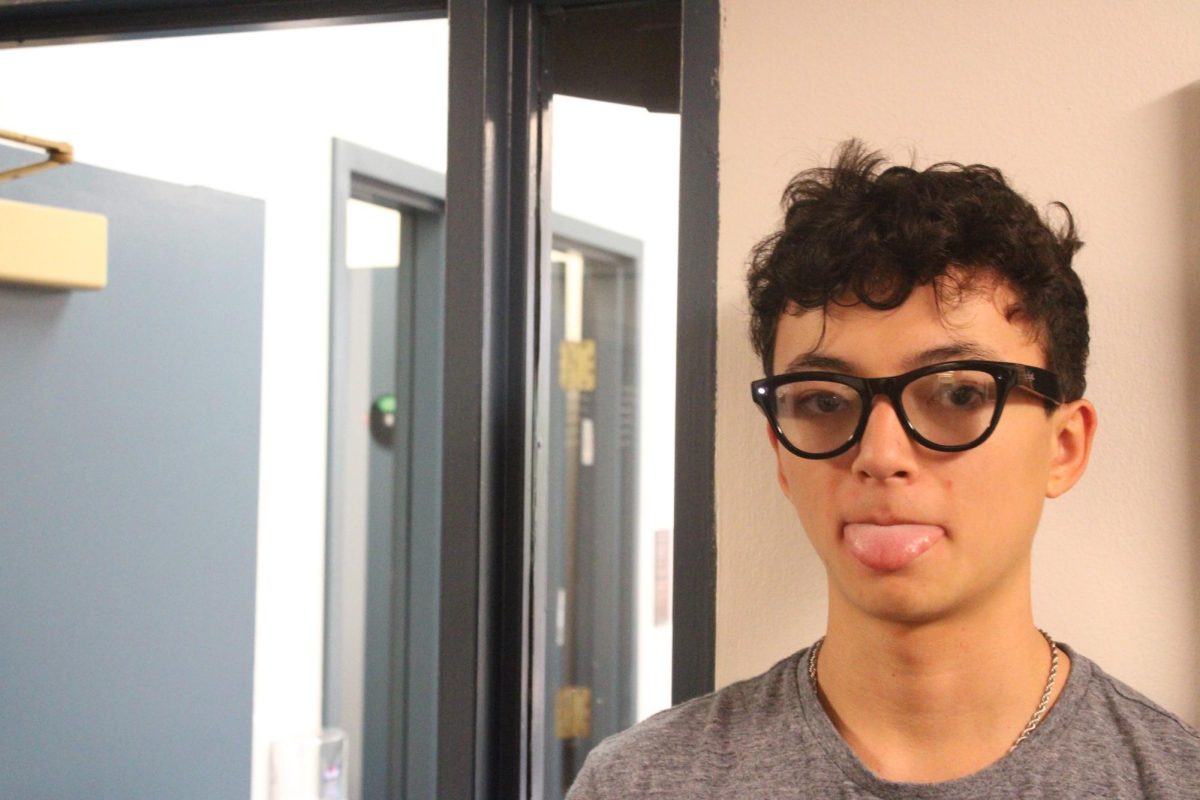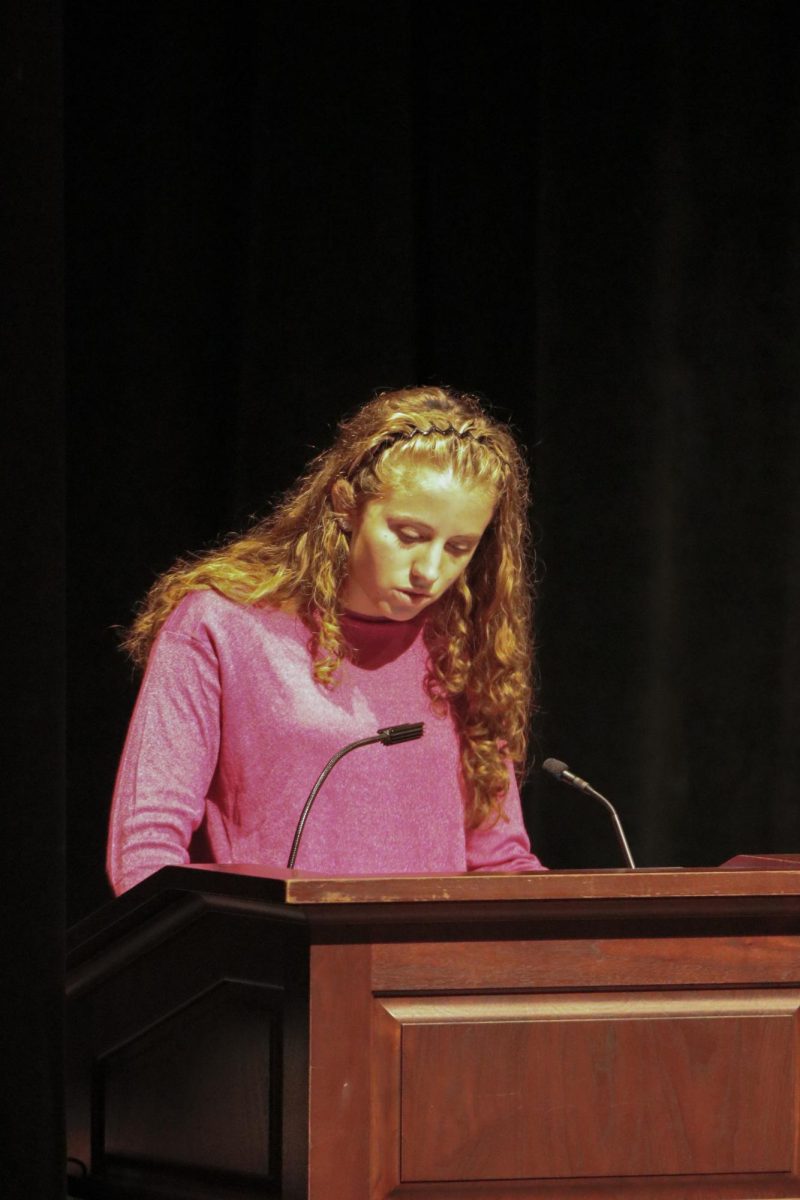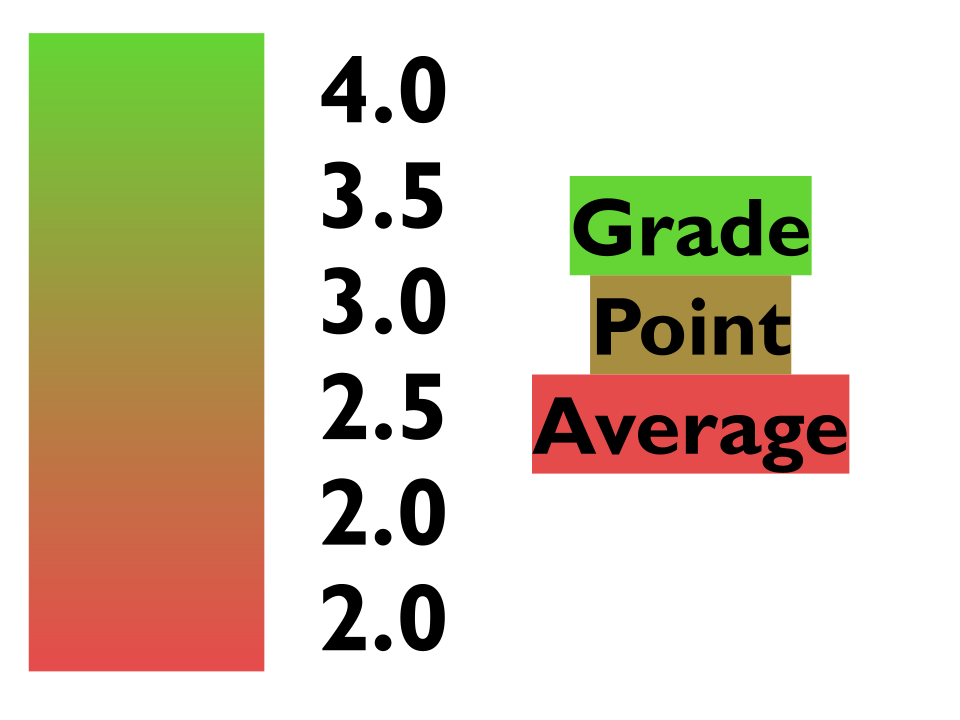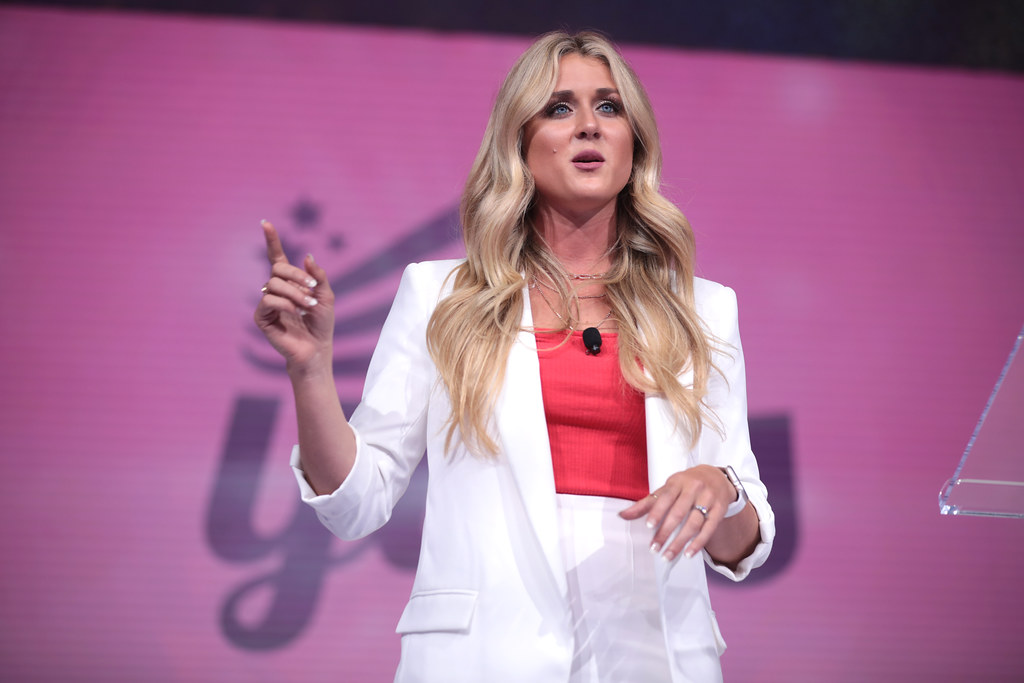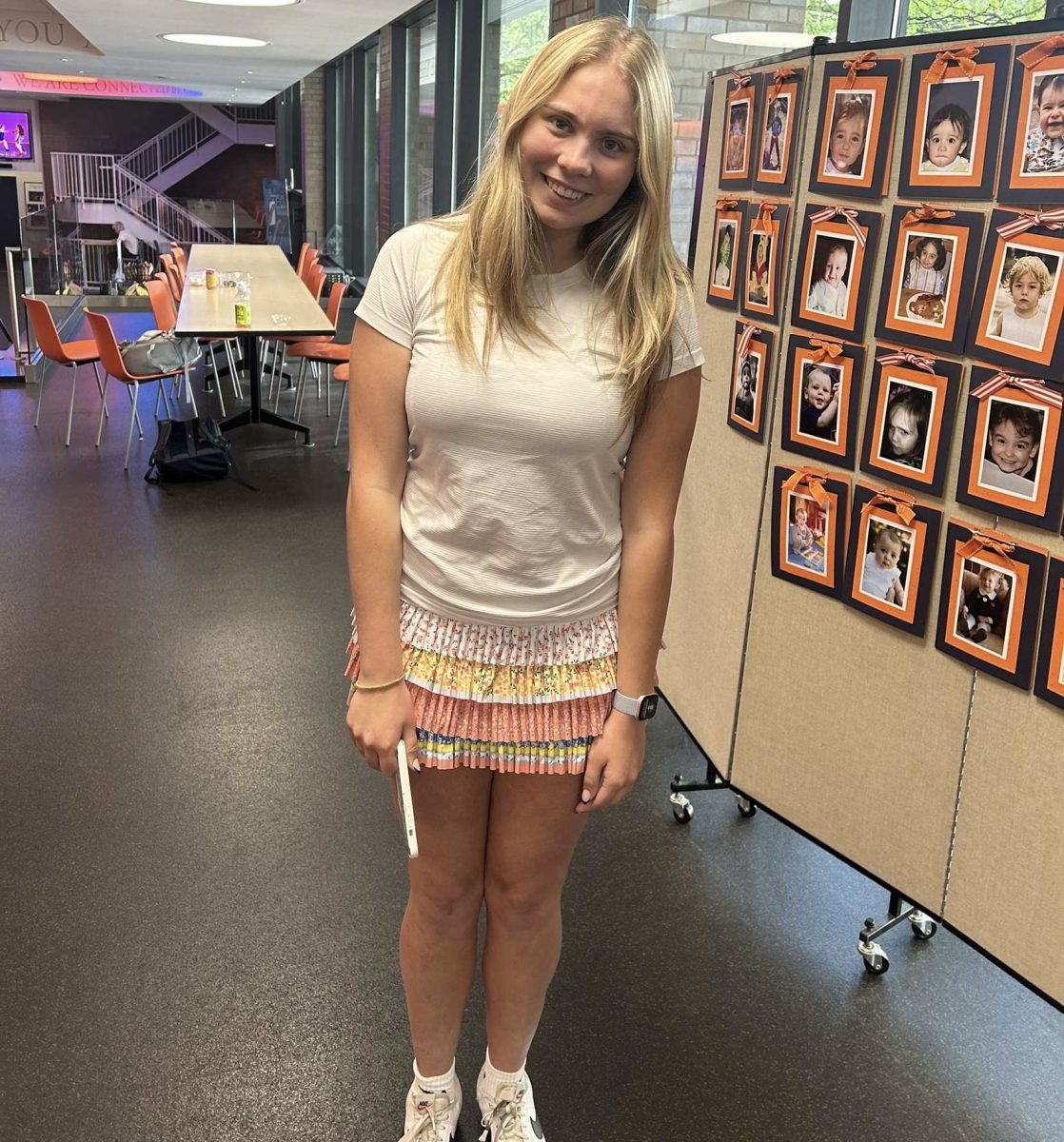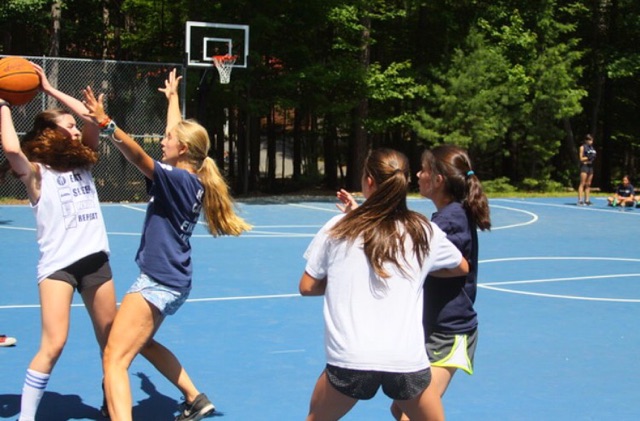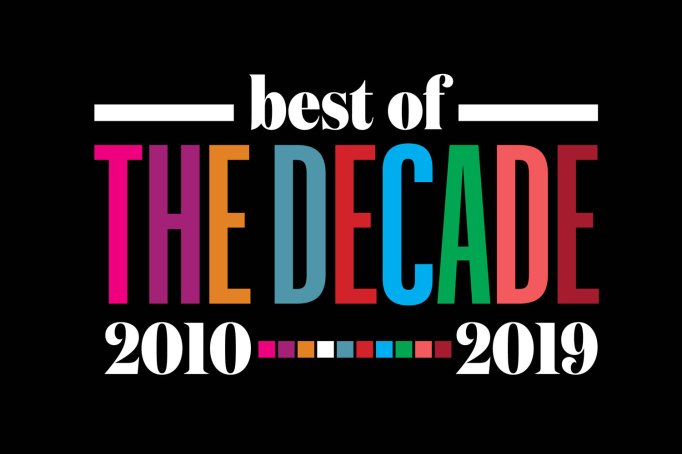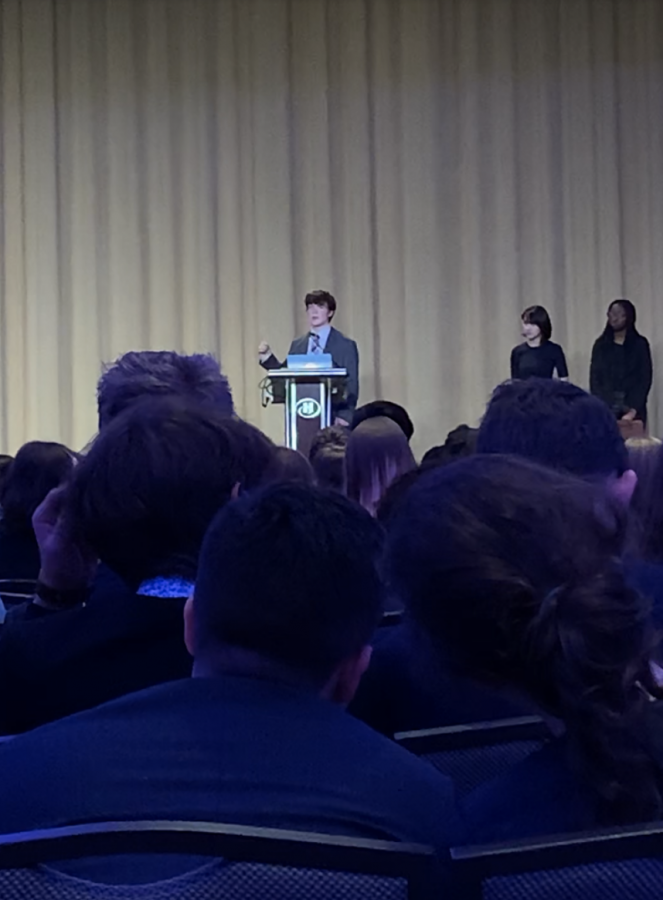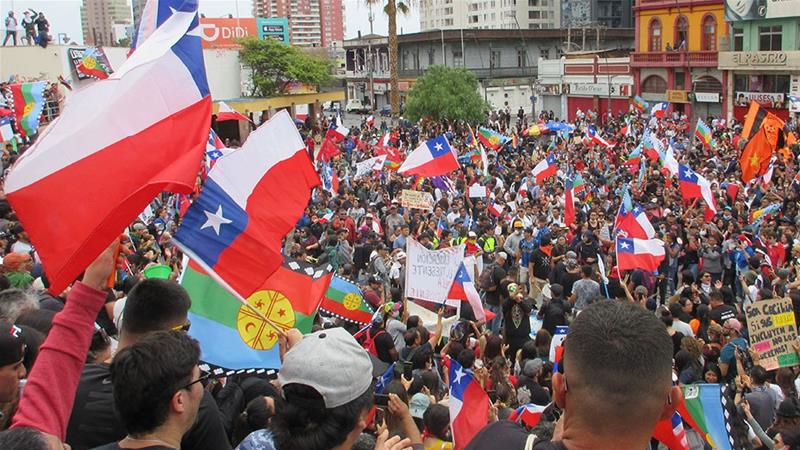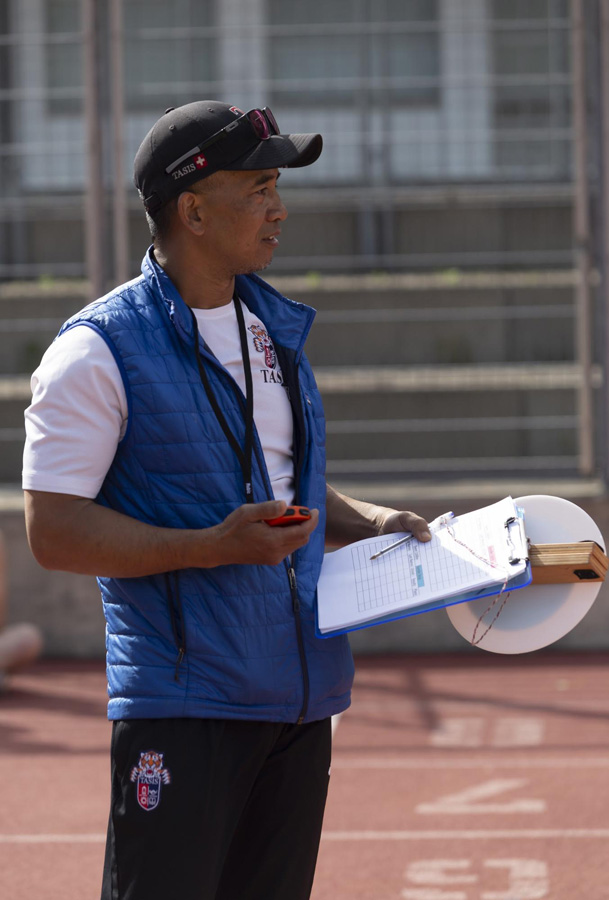Olivia Baker The bell rings. Before me sit 100 young girls, Blue team shirts hang slack on their bodies. It’s the second week of camp. I spit out (albeit unpreparedly) the rules of the game. Stratego—a classic. They listen quietly, intently, for fear they will be called out. The smell of bug spray lingers. Thirty minutes before the next bell. Behind me, the girls scatter. The five flags— campers adorned in all black clothing, everything obscured except for two long socks (flags) coming out of their waistline—listen to the directions. They mentally prepare themselves for their job. After all, it’s much different than that of the rest of the team. They move to the back of the hall near the entrance. We wait together. The next bell rings. The door erupts open. Go, go, go. I grab Sydney’s, both a flag and a close friend, hand. We run into the woods, surveying for potential spots. We find one near a desolate moor. “Here.” We kneel down and start digging. 7 minutes until you need to be back. My nails twinge from the dirt being pushed under them, Syd’s sweating, but not from the heat. She’s scared. She’s unprepared. Our hole gradually becomes about 4 feet in diameter, 3 feet deep. Sydney climbs into the aperture, adjusts briefly, and gives me the green light. Then, I bury her. I can breathe, she tells me. Go, I’ll be okay. We’re winning tonight. Indeed, the Blue team prevailed. Sydney was buried in the woods for over an hour. No one—not even the commissioners of color wars nor the White team—could find her. She doesn’t remember much from that night, only this constant buzzing in her ear. Basically, I go to a camp where we bury kids alive. Color wars, long-standing tradition, is characteristic of any overnight camp. At Camp Agawak for Girls, however—where competition exists between the Blue and White teams throughout the summer– it’s slightly different. You see, once you’re placed on a team, you’re on it for life. And not only that, but your whole family is on it; your siblings, your cousins, even your own kids. In a sense, you’re part of a tribe. A family. And a notoriously fierce, almost excessive rivalry. It doesn’t help that we play bizarrely intense games either. You read a vignette of Stratego—a personal favorite of mine—where White team hides five flags (young girls dressed in black), and at the same time Blue team hides five flags. Each camper is given a rank and is wearing two long socks from their shorts. The object of the game is to find the opposing team’s flags—which is an older girl’s job. The younger girls help by maniacally running around, pulling the White team’s socks and taking them to jail. Pretty easy to understand, right? (We also do other things at my camp: camping, archery, tennis, dance, socials with nearby boy’s camps, etc. I swear, it’s a normal camp. We just have some frightening traditions.) Nevertheless we are urged not to let Blue and White divide us at Agawak. We’re told never, ever bring Blue and White back to the cabin. But this aura of prejudice plagues my camp. It’s plagued, and frankly, altered my friendships with people on the opposing team. Some see it as healthy competition (I, for one, agree with this assertion). Others find it unhealthy, as it can create precedent for how campers should act in the real world—divided. In fact, this microcosmic sense of tribalism and chauvinism is so profound that it’s been a topic of psychological inquiry for years. Ever head of the Robbers Cave Experiment? Muzafer Sherif, a renowned social psychologist who researched Realistic Conflict Theory, evaluated 22 boys, separated into two groups, at a small camp in Oklahoma. At first, the completion was friendly. It then spiraled into a brutal donnybrook. Flags of the opposing team were burned by one group for instance, and the other ransacked their competitors personal belongings. During the two day “cool-off period,” where there was a cessation of competition, the boys were asked to reflect on the other team—only associating them with foul traits, and themselves with the opposite. “The events at Robbers Cave mimicked the kinds of conflict that plague people all over the world,” Saul McLeod, a former professor of psychology at Wigan and Leigh University explains. “Assign strangers to groups, throw the groups into competition, stir the pot, and soon there is conflict.” It’s when we divide ourselves on notions that don’t really exist that our advancements as social beings become defunct. We go back to our tribal roots. Blue and White are just colors (it pains me to say it but they are, really, when you look at them in actuality). Race—it’s simply the color of our skin, which undoubtedly varies. But it divides us. It divides our nation. They are merely colors– and we cannot seem to look past it. As for our competition at Latin, it could be as minor as different Chemistry blocks. Perhaps one class has a higher average than their counterpart. The classes stereotype one another, compete, and quarrel. Perhaps it’s other divisions: boys soccer versus girls soccer—who’s a better team? Perhaps it’s affinity groups. These divides can make us more hostile, or make us more understanding. Perhaps it’s, well, any divide we have at this school. Groups spontaneously form easier than they fall apart, and it’s easy to get sucked into the tribal mindset when placed in one. Though I will always remain Blue at heart, and so will my fellow Fikey Ikes, we must remind ourselves as a team– and as a society– that groups, (while beneficial evolutionarily speaking), can be potentially detrimental to our being. And at some point, we must analyze our divide and put it into perspective: it’s just a color.]]>
Categories:
Color Wars: A Microcosm of Modern Society
August 27, 2017
0
More to Discover

